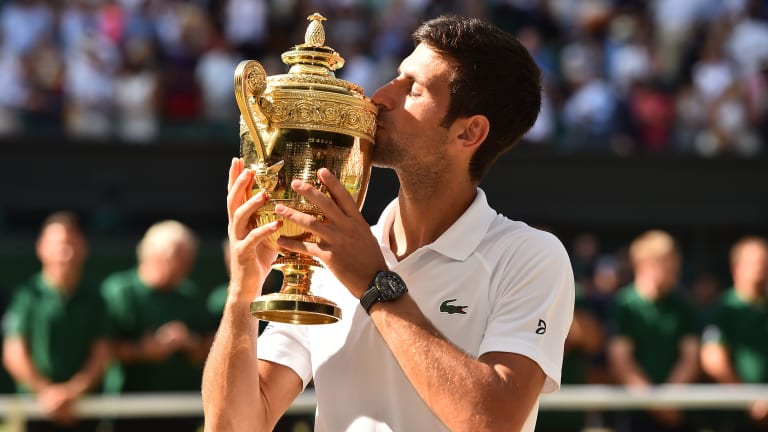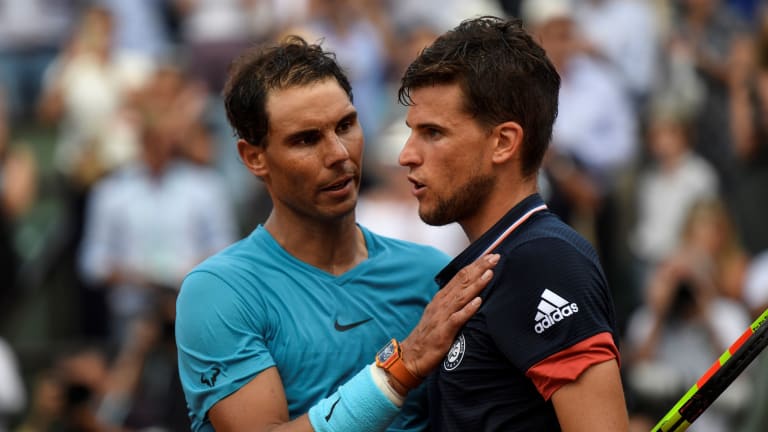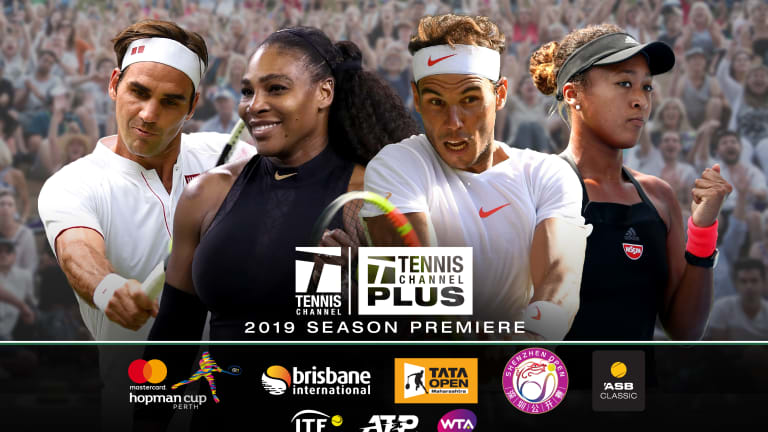The Biggest Questions of 2019: Who will be the most successful American man?
The ATP in 2019—Better With Age: Thirty is the new 20 in men's tennis
By Dec 28, 2018Australian Open
Janice Tjen speaks softly, carries big slice to make history again for Indonesia at Australian Open
By Jan 20, 2026Australian Open
Madison Keys makes winning Australian Open return, but Oleksandra Oliynykova steals the show
By Jan 20, 2026Style Points
Coco Gauff’s custom Australian Open kit is finally available to shop
By Jan 19, 2026Australian Open
Casper Ruud has ringer "on all hours of the day" for pregnant wife's call to leave AO, hurry home
By Jan 19, 2026Australian Open
Ben Shelton and Taylor Fritz, the top two U.S. men, have high expectations in Australia, and in 2026
By Jan 19, 2026Player News
Absent from Melbourne, Bianca Andreescu wins first title—an ITF W35—since 2019 US Open
By Jan 19, 2026Australian Open
Stan Wawrinka shows power of converting nerves to confidence in winning start at final Australian Open
By Jan 19, 2026Stat of the Day
Novak Djokovic just became the first tennis player to win 100 matches at three different Grand Slams
By Jan 19, 2026Pop Culture
Sorry, haters: Iga Swiatek still stans Taylor Swift’s “Life of a Showgirl” at Australian Open
By Jan 19, 2026The ATP in 2019—Better With Age: Thirty is the new 20 in men's tennis
Published Dec 28, 2018
Advertising
The ATP in 2019—Better With Age: Thirty is the new 20 in men's tennis
Advertising

The ATP in 2019—Better With Age: Thirty is the new 20 in men's tennis
© AFP/Getty Images
Advertising

The ATP in 2019—Better With Age: Thirty is the new 20 in men's tennis
© 2018 Getty Images
Advertising

The ATP in 2019—Better With Age: Thirty is the new 20 in men's tennis
© AFP/Getty Images
Advertising

The ATP in 2019—Better With Age: Thirty is the new 20 in men's tennis